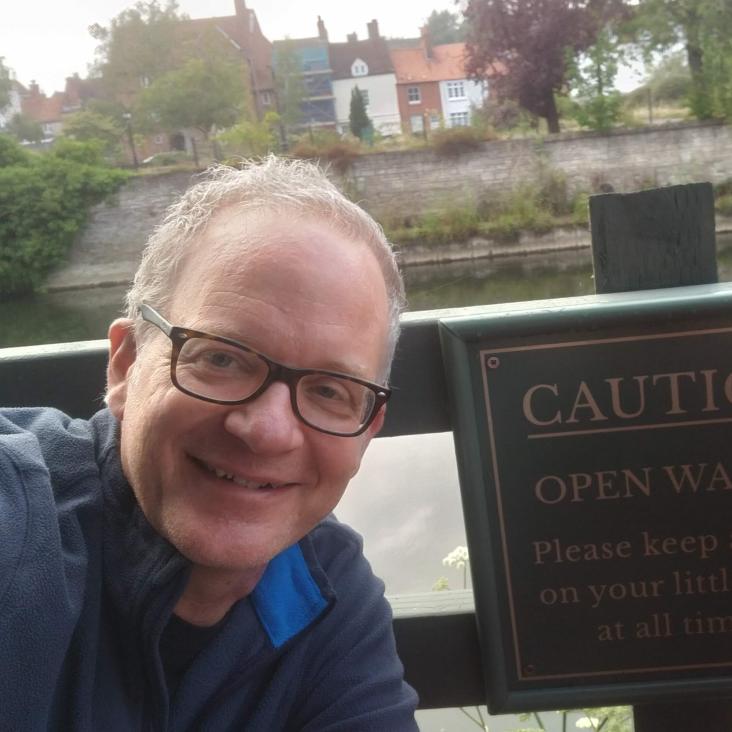"Not-A", representation symmetry-protected topological, and Potts phases in an S-3-invariant chain
Physical Review B American Physical Society 101:23 (2020) 235108
Abstract:
We analyze in depth an S 3 -invariant nearest-neighbor quantum chain in the region of a U ( 1 ) -invariant self-dual multicritical point. We find four distinct proximate gapped phases. One has three-state Potts order, corresponding to topological order in a parafermionic formulation. Another has “representation” symmetry-protected topological (RSPT) order, while its dual exhibits an unusual “not- A ” order, where the spins prefer to align in two of the three directions. Within each of the four phases, we find a frustration-free point with exact ground state(s). The exact ground states in the not- A phase are product states, each an equal-amplitude sum over all states where one of the three spin states on each site is absent. Their dual, the RSPT ground state, is a matrix product state similar to that of Affleck-Kennedy-Lieb-Tasaki. A field-theory analysis shows that all transition lines are in the universality class of the critical three-state Potts model. They provide a lattice realization of a flow from a free-boson field theory to the Potts conformal field theory.“Not- A”, representation symmetry-protected topological, and Potts phases in an S3 -invariant chain
Physical Review B: Condensed Matter and Materials Physics American Physical Society 101:23 (2020) 235108
Abstract:
We analyze in depth an S 3 -invariant nearest-neighbor quantum chain in the region of a U ( 1 ) -invariant self-dual multicritical point. We find four distinct proximate gapped phases. One has three-state Potts order, corresponding to topological order in a parafermionic formulation. Another has “representation” symmetry-protected topological (RSPT) order, while its dual exhibits an unusual “not- A ” order, where the spins prefer to align in two of the three directions. Within each of the four phases, we find a frustration-free point with exact ground state(s). The exact ground states in the not- A phase are product states, each an equal-amplitude sum over all states where one of the three spin states on each site is absent. Their dual, the RSPT ground state, is a matrix product state similar to that of Affleck-Kennedy-Lieb-Tasaki. A field-theory analysis shows that all transition lines are in the universality class of the critical three-state Potts model. They provide a lattice realization of a flow from a free-boson field theory to the Potts conformal field theory.Large Classes of Quantum Scarred Hamiltonians from Matrix Product States
(2020)


